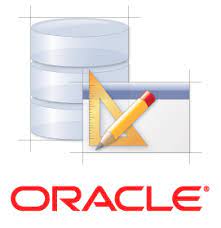In Oracle Application Express (APEX) new Dynamic Content Regions provide a flexible, customizable, and efficient way to display content within an APEX application. In a low-code Oracle APEX application developers may want to design a custom region with...
Oracle APEX 21.2: The peak of low-code development
Oracle APEX has been used as the go-to low-code development platform by companies for a long time now. The platform not only allows you to build scalable, secure enterprise apps but also enables world-class features that can be deployed on any platform you wish....
Modernizing Oracle Forms with Oracle APEX
Oracle Fusion Middleware introduced us to one of its components known as Oracle Forms, which has been a superstar in data application building. However, modernization of Oracle Forms-based apps has started, and developers are looking to transition to more flexible web...
What a perfect Oracle APEX project looks like
Building an application forces you to overcome a plethora of hurdles. Every environmental stage requires careful planning and execution, from development to production. If you are not being careful, you will face significant problems in the future. It is not possible...
A Guide to Oracle APEX
Oracle is software that is very necessary to maintain a database for everyone. It has recently launched an extension, a low-code development platform that is cloud-based and can be managed easily. The users of Oracle APEX are often business analysts and IT-savvy...





